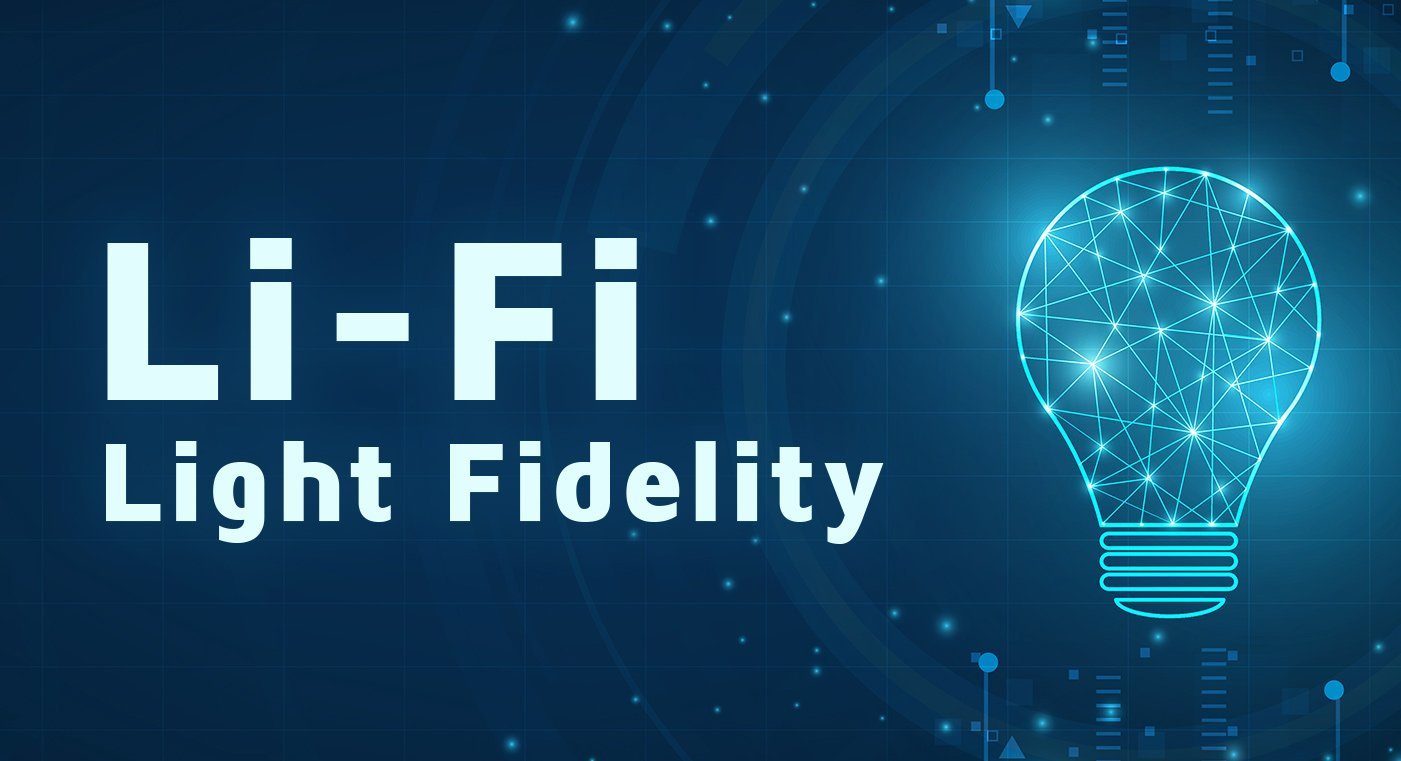
Blog
How LiFi works, step by step
Internet through light, it's possible. Discover the secrets of future connectivity by learning how LiFi works.

Home > Blog > Technology > How LiFi works, step by step
Internet using light, it's possible. Discover the secrets of future connectivity by learning how LiFi works. LiFi, an acronym for Light Fidelity, is a visible light communication (VLC) technology. In other words, where traditional technologies (WiFi, 5G...) use the radio part of the electromagnetic spectrum, LiFi relies on the use of its optical part. This innovation offers an alternative to current technologies by providing a high-speed Internet connection, which is stable, without latency and without radio frequency waves. Far from being just an exciting idea, LiFi has already proven its performance and security in many sectors. To better understand how light is the future of connectivity, find out how LiFi works.
How LiFI works
LiFi signal transmission
Data transmission via LiFi is done through a light beam emitted by a LED bulb and directed to a receiving device. This bulb is equipped with a LiFi router, which we call the Access Point, connected to the Internet network by an RJ45 Ethernet cable with PoE capability. The information is sent to the router from the network as an electrical signal and then encoded by the imperceptible and ultra-fast switching (light intensity variation) of the light source.
LiFi signal reception and processing
The connected device (computer, smartphone, tablet) equipped with a LiFi key and located in the coverage area of the light beam receives the data transmitted by the router thanks to its LiFi receiver. This device, which can be either a dongle connected to the device or an integrated chip, contains a photodiode responsible for capturing the light signal and a processor that converts it into an electrical signal. The computer receives this electrical signal and translates it into a binary system, then demodulates the digital data which then takes its final form, that of information understandable by Man.
How LiFi works in brief
The following is a summary of the LiFI operating process in 4 steps:
- The LiFi router receives the information via the Ethernet cable that connects it to the local network
- It transmits it to the LED bulb, which fluctuates at high speed, with a frequency of several tens of thousands or even millions of signals per second
- The light signal is perceived by the LiFi key which transforms it into an electrical signal and transmits it to the computer
- The computer translates the signal into information that can be understood by humans.
In order to allow the user to browse the Internet, the LiFi system must work in a bi-directional manner, meaning that the connected device (or rather the associated LiFi key) must not only be able to receive data, but also to transmit it. This implies that the receiving device must be equipped with two photodiodes, one for transmitting and one for receiving information, and that the transmitting device must be equipped with a receiver. Ultra-fast, reliable and secure, LiFi connection is on its way to becoming very popular. Already in use in the transportation, aeronautics and education sectors, this solution aims tooffer optimal connectivity wherever radio waves are not desirable (interference, cybercrime, electromagnetic pollution...).
Recent articles

Categories
See some more...




